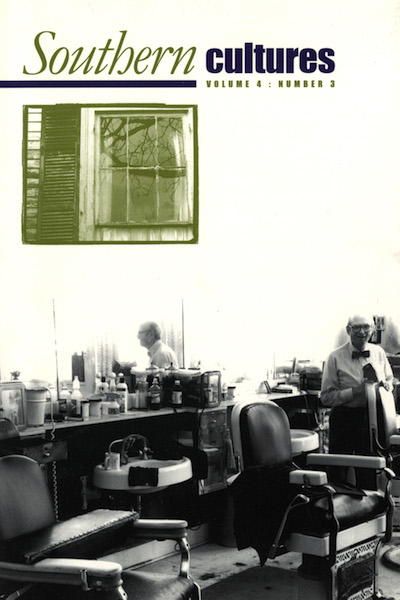University of North Carolina Press, 1995
For many years, historians have argued that southern employers used the ideology of white supremacy to divide their workforce. Realizing that effective worker protest depended on whites and blacks forging a unified labor movement, employers maintained racial divisions among employees as a means to control the entire working class. The main contribution of Iron and Steel is to challenge this interpretation. McKiven argues that it was white workers themselves who were largely responsible for relegating blacks to the most menial jobs in Birmingham’s iron and steel industries. Skilled white workers, in particular, did not trust employers’ commitment to white supremacy, fearing that companies had an interest in replacing them with cheaper black labor. White workers therefore used unions to control the hiring process and confine African American workers to unskilled jobs. As McKiven concludes, “white workers played a primary role in defining ‘nigger work’ and in the institutionalization of Birmingham’s color bar.”


